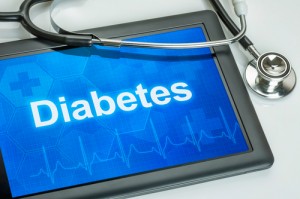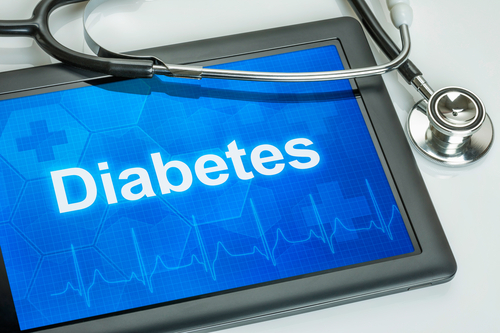 There are still a significant number of people in the United States suffering from diabetes that are undiagnosed according to a collaborative study between researchers in the U.S. and in the United Kingdom, and recently published at the CMAJ Open journal. The research concluded that performing electronic health record (EHR) data analysis in patients may help determine undiagnosed diabetes, as it reduces both the time and the costs spent in identifying risk individuals.
There are still a significant number of people in the United States suffering from diabetes that are undiagnosed according to a collaborative study between researchers in the U.S. and in the United Kingdom, and recently published at the CMAJ Open journal. The research concluded that performing electronic health record (EHR) data analysis in patients may help determine undiagnosed diabetes, as it reduces both the time and the costs spent in identifying risk individuals.
The research team, led by Tim Holt from the University of Oxford, analyzed more than 11.5 million patients from more than 9,000 primary care clinics. They studied patients’ electronic records, examined diabetes coding, analyzed biochemical data through an algorithm, and measured the quality of diabetes care comparing it to the care provided in England where it is standard to use electronic registration of health records.
A total of 1,174,018 patients were identified as diabetics, of which 5.4% or 63,620 people, had not been diagnosed. In addition, the proportion was different among regions of the United States, with higher rates of undiagnosed patients in Arizona, North Dakota, Minnesota, South Carolina, and Indiana.
“In some areas of the country, this amounted to 12 to 15.9 percent of the overall diabetes population,” the authors wrote. “Although this is less than the 27.8 percent believed to have undiagnosed diabetes, these people were immediately identifiable through simple searches of electronic medical records from primary care practices.”
In addition, the conclusions of the study also suggest that patients being treated by physicians or in facilities that use electronic diabetes registries also receive better quality of health care, as observed by the method used in the UK’s primary care, compared to patients who are treated by physicians who do not use it. The United States is currently also considering the use of EHR in its practices.
“Wherever electronic diabetes registers are used to support the provision of care, and where blood glucose levels, HbA1c and quality-of-care data are recorded in the same system, it should be possible to identify readily (and at low cost) individuals at risk of their diabetes going undetected and those receiving suboptimal care. This applies across all nations using electronic medical records, including Canada,” the authors added.


